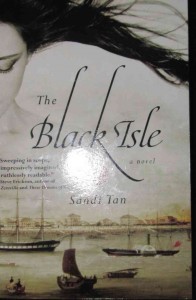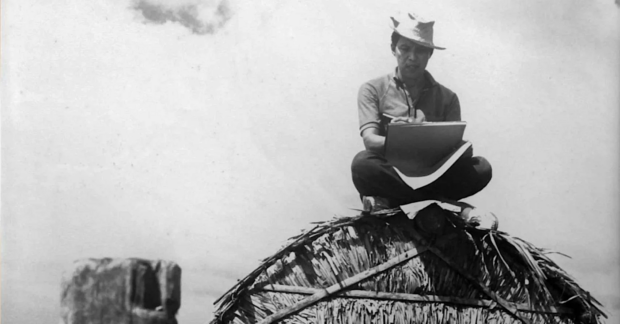 This long, ambitious novel is, like most recent and current Asian novels written in English, brilliant but with a difference: There are ghosts swarming all over the place.
This long, ambitious novel is, like most recent and current Asian novels written in English, brilliant but with a difference: There are ghosts swarming all over the place.
It is a fictional history of Singapore from 1929, the year of the stock market crash in the United States, to the present. But, distinguo, as the Jesuits would say, it is a work of fiction and author Tan, wary perhaps of lawsuits, calls the city-state the Black Isle of the title.
A dead giveaway, however, is the map featured just before the text. It shows a large blackened island directly south (joined no doubt by a causeway) of the then British Malaya.
“The Black Isle” by Sandi Tan (Grand Central Publishing, NY, 2012; 469 pages) is a long flashback, with occasional shifts to the present. The narrator-heroine is Cassandra (Ling during her childhood), a psychic. Like the boy in the movie “Sixth Sense,” she sees “dead people.” And, when motivated, she can invoke the restless spirits to wreak havoc upon the land.
As the tale begins, we see Cassandra, now 88, living in self-exile in Tokyo, alone and friendless and not particularly caring about this. She has outlived all who have loved or hated her. Cassandra is, however, stalked by a Professor Maddin who is fascinated by her life story (and who, unknown to Cassandra, has her own agenda).
And Cassandra or Ling is persuaded to recount her incredible story.
Ling spent her childhood in Shanghai during the 1920s, when the city “was either the Pearl of the Orient (like Manila?) or the Devil’s Den.” The unloved child had a neurotic mother, an indifferent father and a twin brother with whom she had a near incestuous relationship.
The Wall Street crash in 1929 affects the family, and the father and the older twins (Ling and Li) are forced to migrate to the Black Isle to become “overseas Chinese.” Left behind are the mother and two younger children (also twins).
The island is a British colony.
Swirling around Cassandra are other fully realized characters: Daniel, scion of a rich family who falls in love with Cassandra; his sister Violet, who despises Cassandra; Issa, a shaman who becomes the revolutionary terrorist Isakandar; Cricket, an errand boy who becomes a businessman with many wives and children; Kenneth, a scheming politician and later prime minister with blood on his hands; and Taro, the charismatic Japanese officer who transforms Cassandra into a sex slave.
Surrealist images
The novel has many surrealist images, like a giant octopus making love to a Japanese woman, a ghostly dog-man and thousands of jellyfish clambering over the beach as war is about to erupt.
Under the Japanese yoke, the Isle deteriorated, just like Manila during the 1940s: “The rest of the city regressed.” And Cassandra asserts, “the Japanese were animals.”
“The Black Isle” is not the first Asian novel to document Japanese atrocities in fictional form, nor will it be the last. There is the recent “The Glass Palace” by Amitav Ghosh, and we have our own “Without Seeing the Dawn” by Stevan Javellana, “More than Conquerors” by Edilberto Tiempo,” and “Sugat ng Alaala” by National Artist-designate Lazaro Francisco.
For the Japanese, unlike the Germans, have not really repented of their World War II crimes. This is the reason behind the continuing tension between Japan on one hand, and China and the Koreas on the other.
The Chinese and Koreans have a sense of history; we don’t.
“The Black Isle” is available in Fully Booked, tel. 8587000; National Book Store; and PowerBooks.















































